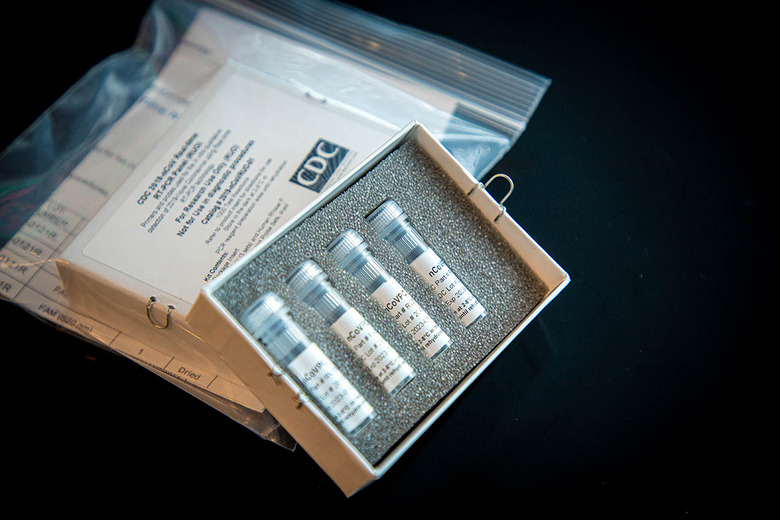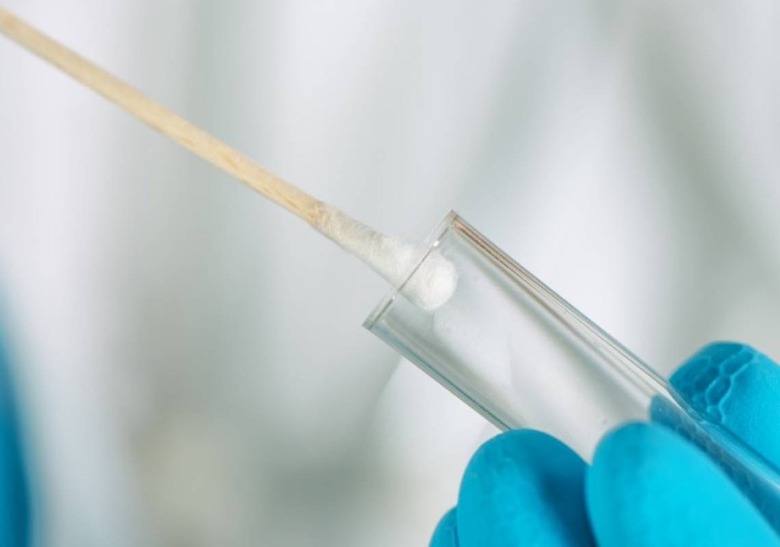CDC Chief Issues Blunt Update On Uncounted COVID-19 Cases
COVID-19 could have been ten times more prevalent than previously believed, the CDC director has suggested, with new testing indicating the coronavirus pandemic had been far more expansive than assumed. The US Centers for Disease Control has been assessing antibody test results from March through May 2020, with the agency's findings casting COVID-19 case numbers into new light.
"Misleading media reports have suggested there are 24 times more SARS-CoV-2 infections than reported cases," Dr. Robert R. Redfield, director of the CDC, said today in a statement. "As CDC has been saying, our retrospective estimate is that there were 10 times more cases than reported from the period where we've been examining antibody data: March through May."
The announcement comes after a new study was released into coronavirus cases in the US, based on blood samples taken in 10 regions around the country. In those regions, anywhere between 1-percent and 6.9-percent of individuals were believed to have been infected with COVID-19 at some point. Antibody testing does not show whether a person currently has an infection, but can show whether their body has been infected previously and thus developed an immune system reaction to it.

That's of particular interest to COVID-19 researchers, as they try to figure out the rates of people who might be infected with coronavirus, be infectious to others, but show no outward signs themselves. These so-called asymptomatic individuals could unwittingly be spreading the virus to others, hence part of the reason social distancing and mask-wearing are recommended even for those who feel well.
Back in March, Redfield suggested that asymptomatic individuals "may be as many as 25-percent" of those infected overall.
Certainly, some of the outliers are disturbing. One of the states in this new study was estimated to have 23.8 times more infections than reported cases, for example, though Redfield cautions that it's likely the exception not the rule. According to the CDC director, "this may be due to underreporting or less testing done at the time the data was collected."

The study, published in JAMA internal Medicine, looked at results between March 23 and May 12 in the US. Over 16,000 serum samples were tested. The locations included the San Francisco Bay area, California; Connecticut; south Florida; Louisiana; Minneapolis-St Paul-St Cloud metro area, Minnesota; Missouri; New York City metro area, New York; Philadelphia metro area, Pennsylvania; Utah; and western Washington State.
"For most sites, it is likely that greater than 10 times more SARS-CoV-2 infections occurred than the number of reported COVID-19 cases," the researchers concluded, adding "most persons in each site, however, likely had no detectable SARS-CoV-2 antibodies."
The announcement by the CDC chief comes after blunt predictions by Redfield about the potential efficacy – and benefits – of mask-wearing in the US. Speaking last week, the agency director suggested that, if everyone in the US could be persuaded to wear a mask consistently, the COVID-19 epidemic could be brought "under control" in 4-8 weeks.
Speaking today, Redfield pointed to broader testing since the published study. "Today, we are testing more individuals and identifying more asymptomatic individuals than was able to be done previously," he said. Still, the belief is that most Americans have still not been exposed to COVID-19, indicating that preventative measures to avoid the virus are still essential to manage the stress placed on healthcare.
